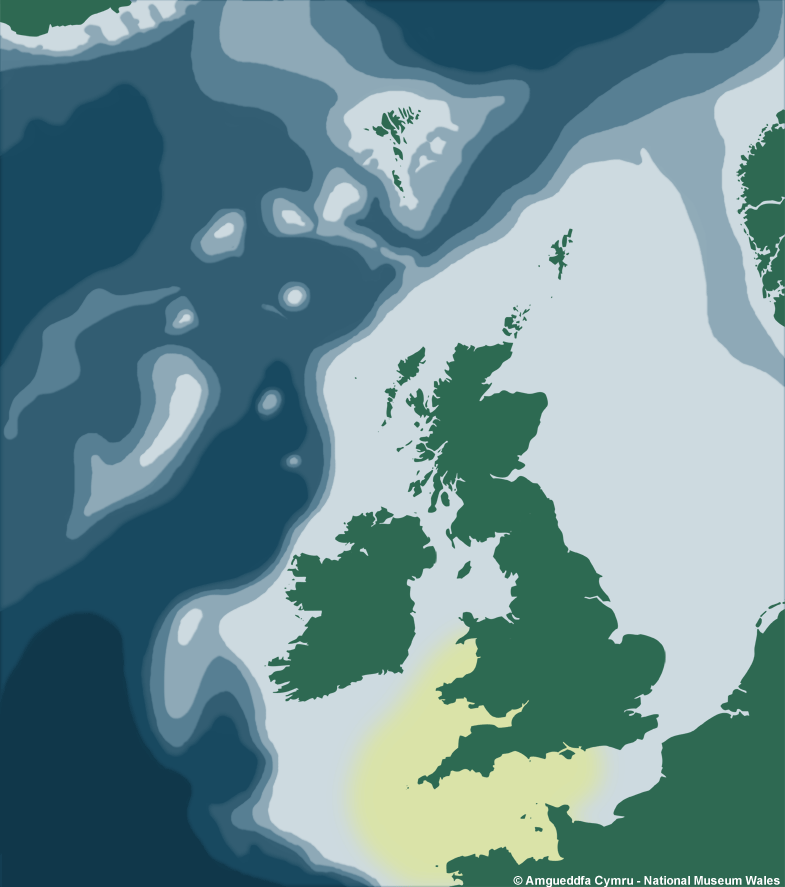Callista chione (Linnaeus, 1758)
Veneroidea : Veneridae |
| Tebble name: | Callista chione (Linnaeus) |
| Smith & Heppell name: | Callista chione (L., 1758) |
To size:
To 90mm.
Shell Structure:
Solid, smooth.
Equivalve:
Equivalve.
Equilateral:
Inequilateral.
Tumidity:
Not tumid.
Outline:
Sub-ovate. Long, gently rounded posterior margin. Lunule heart-shaped, clearly defined, raised in centre. Escutcheon absent.
Sculpture:
Fine concentric lines.
Margin:
Smooth.
Ligament:
Prominent, halfway to posterior margin.
Hinge:
3 cardinals in each valve, although in LV posterior is tiny projection. Centre in each valve bifid. 1 anterior lateral in each valve; in RV the lateral is very close to anterior cardinal.
Pallial Musculature:
Pallial sinus extends to midline and ends in a point.
Periostracum:
Thin and glossy.
Colour:
Beige to reddish brown with numerous rays extending from umbones. Internal white.
Distribution & Ecology
Depth Range
Continental Shelf (to 200m)

Additional Information & Related Species
Related Species
Veneroidea : Veneridae
References
Listed are literature citing Callista chione (Linnaeus, 1758). Reference containing the species Type Description is highlighted.
|
Linnaeus C 1758. Systema Naturae. Editio decima. 1. Regnum Animale Holmiae, Laurentii Salvii. 824pp. |
Resources
- Conchological Society
of Great Britain & Ireland
Provides resources for understanding, identifying, recording, and conserving molluscs - CLEMAM
Check List of European Marine Mollusca - MarLIN
The Marine Life Information Network for Britain and Ireland (MarLIN) provides information for marine environmental management, protection and education. It is a centre of excellence in spatially based and time-series marine biological information and supports good stewardship in the marine environment. - NBN Gateway
National Biodiversity Network's Gateway. Use it to explore UK biodiversity data, as contributed by participating data providers. - BivAToL
- MarBEF
- Malacological Society
- Unitas Malacologica
- Census of Marine Life
- MarBEF
MarBEF, a network of excellence funded by the European Union and consisting of 94 European marine institutes, is a platform to integrate and disseminate knowledge and expertise on marine biodiversity, with links to researchers, industry, stakeholders and the general public.




